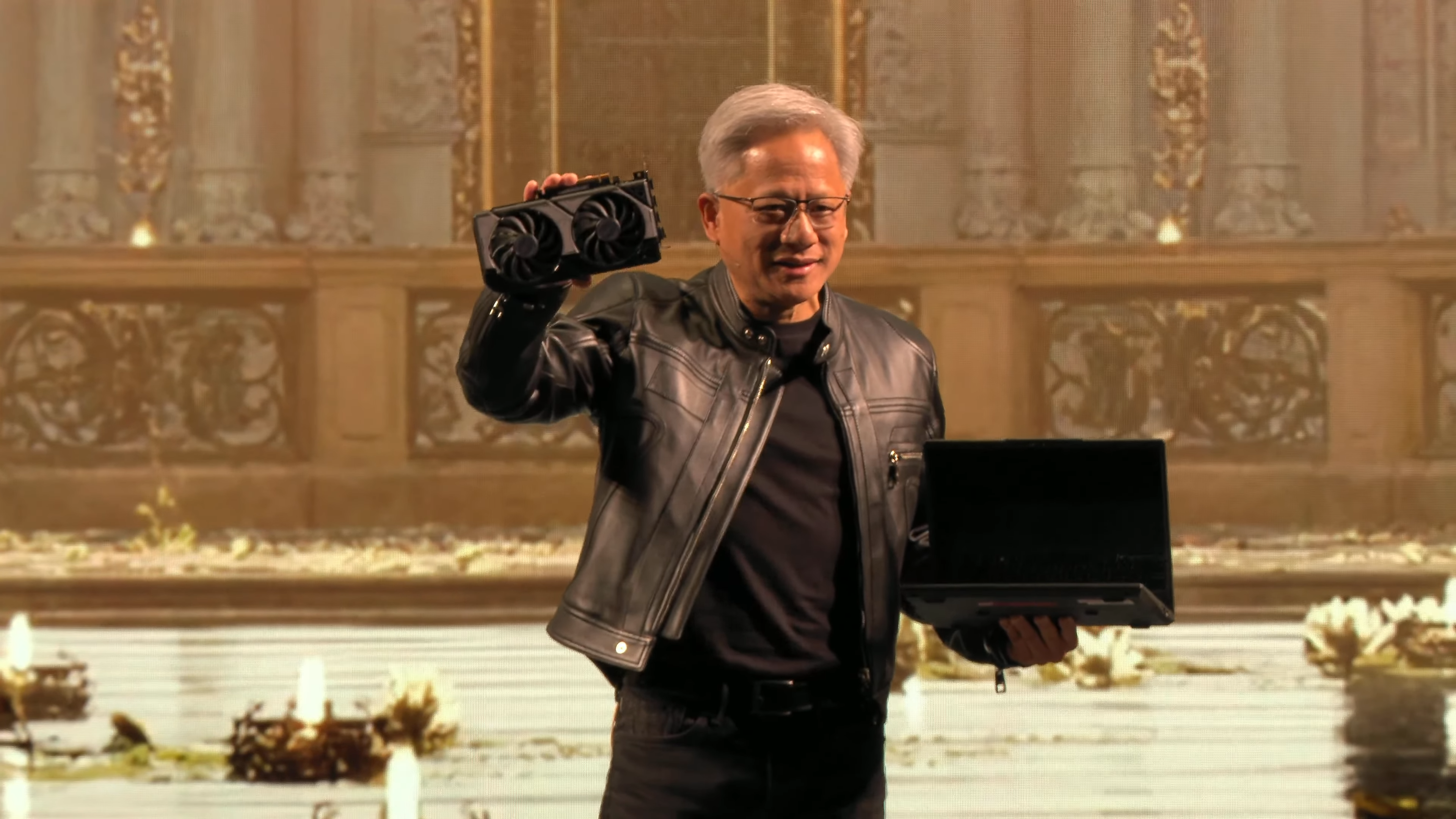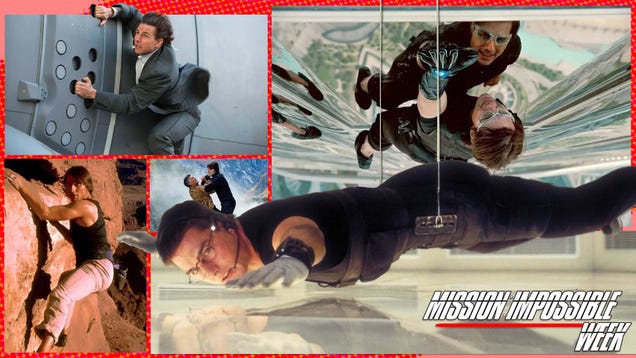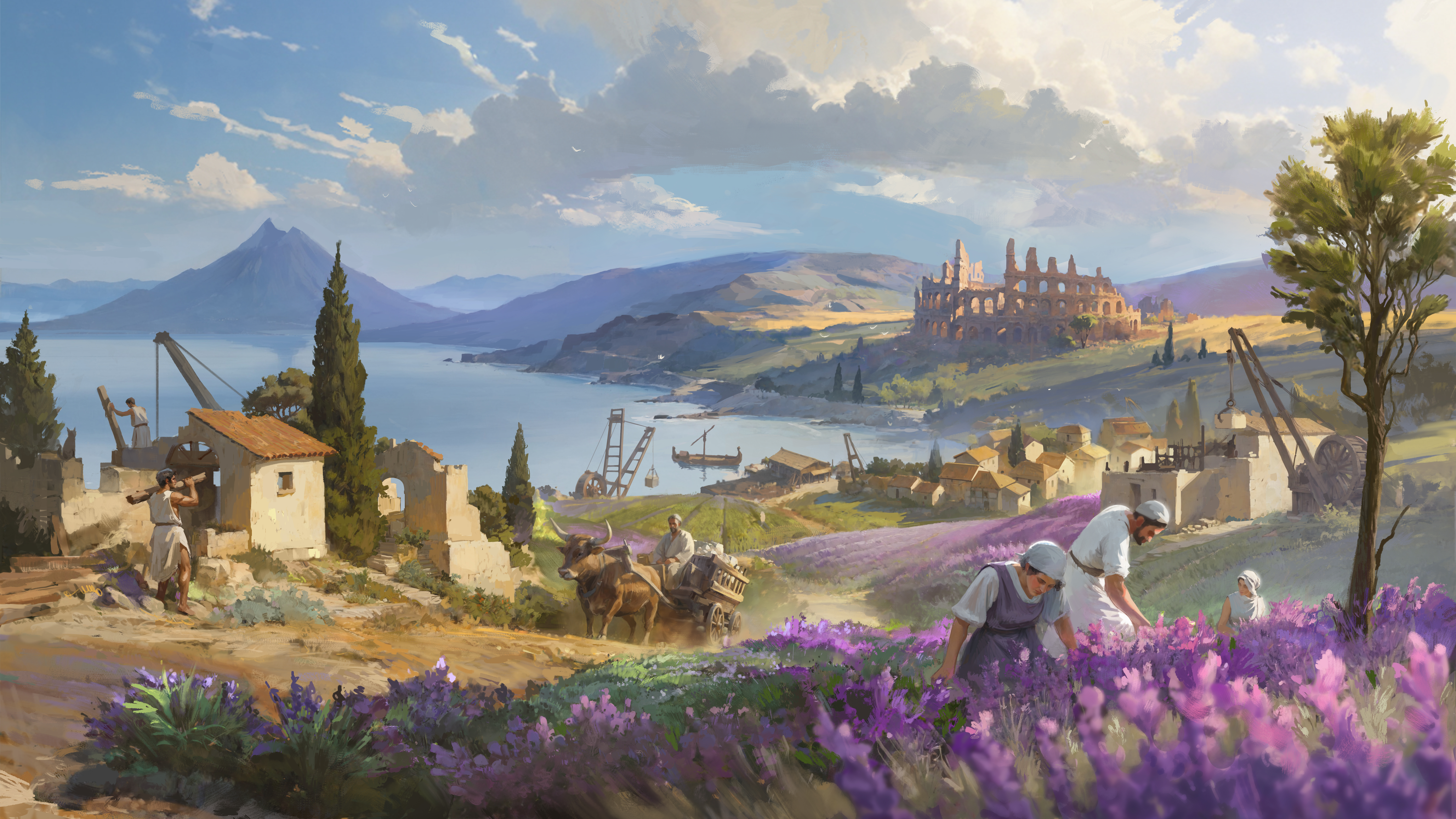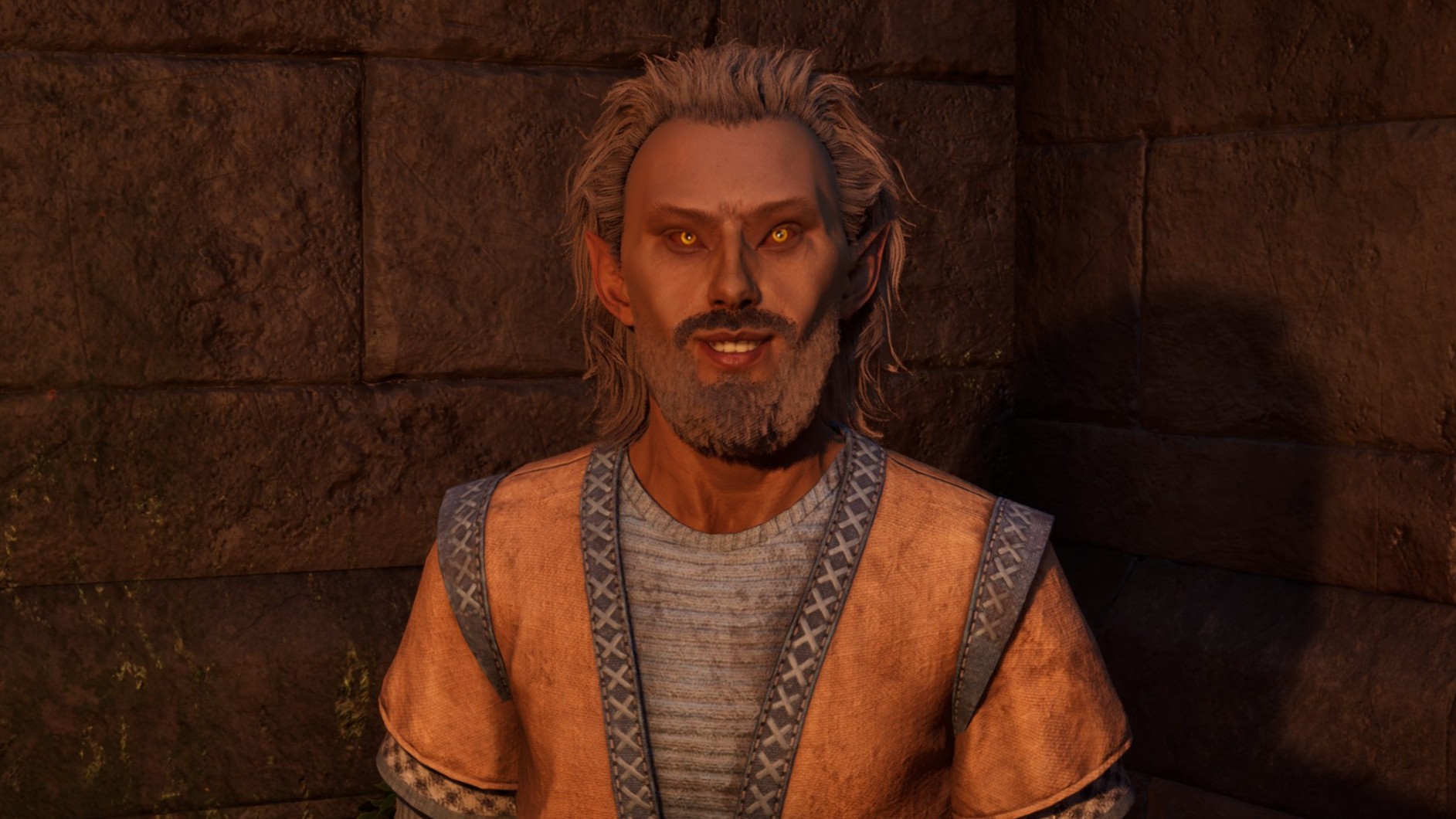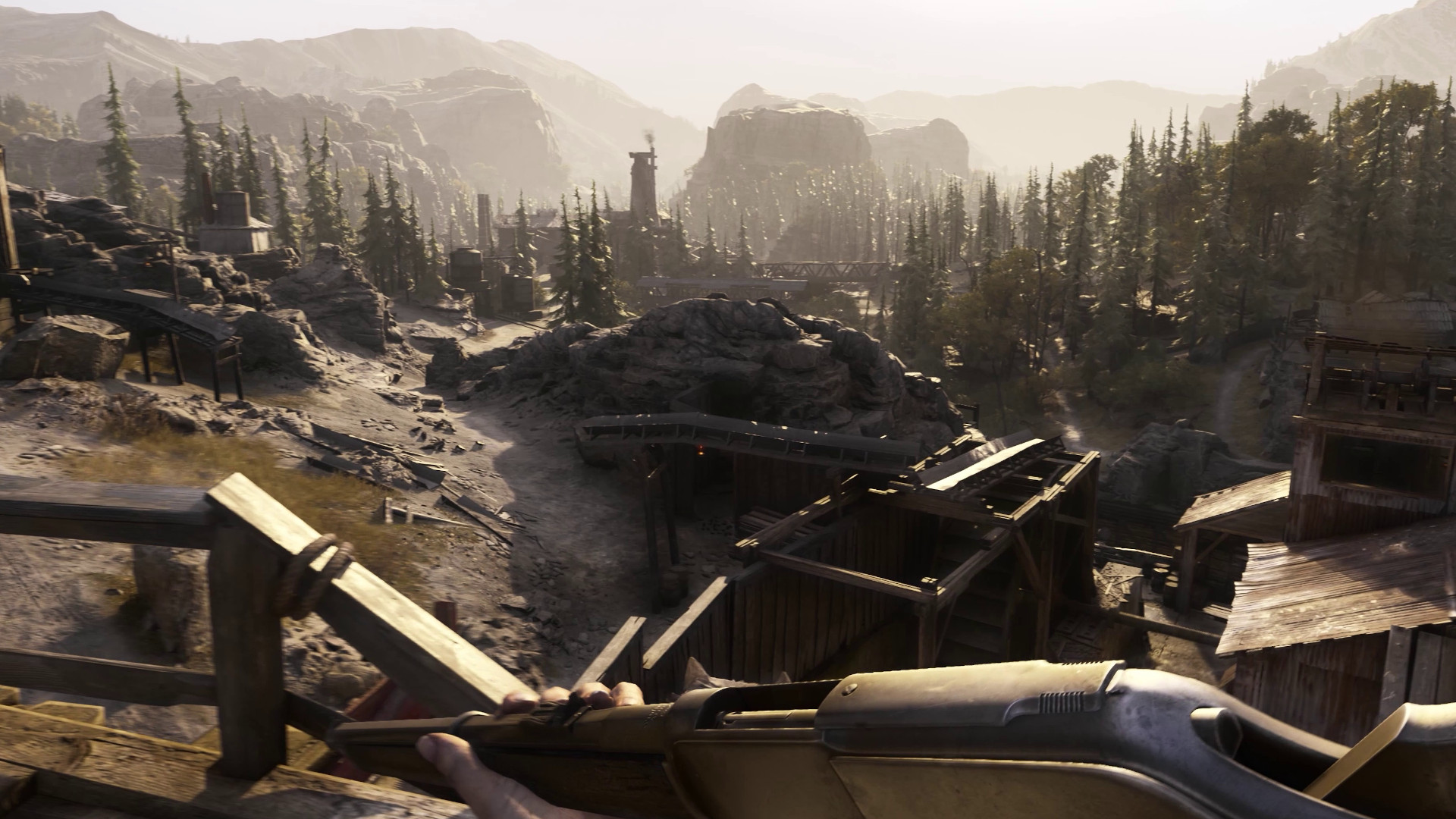
Hunt: Showdown 1896 represents the next era of Hunt, with an upgraded engine and new map coming in August.
Change is in the air for our favorite extraction shooter. A major update to Hunt: Showdown is coming in August with a completely redesigned UI, significant meta shifts, a game-changing engine upgrade, and the crown jewel of all Hunt updates: a new map set in the dusty Colorado mountains.
The new kilometer-wide map, the first one of its kind in three years, is called Mammon’s Gulch, and its arrival ushers in the next era of the extraction shooter, and its new name—Hunt: Showdown 1896.
Mammon’s Gulch is the same size as all previous maps, but Crytek is pushing its level design to new heights and depths (literally). The centerpiece is a steep mountain with paths that appear higher than we’ve ever climbed in Hunt’s first three maps. Running in parallel below the Gulch are two bat-infested mineshafts, eerily dark and prime for ambushes, with snaking tunnels that link several compounds together.
PC Gamer sat down with Scott Lussier, Hunt: Showdown 1896 game director, for an exclusive early look at Mammon’s Gulch and an extensive chat about the new map. Watch our walkthrough video above for a good look at the map and our full interview with Lussier. For Crytek, Mammon’s Gulch is the culmination of six years of supporting Hunt as a live service game and watching how people play it.
“[Mammon’s Gulch] feels completely different than any map you’ve ever played in Hunt: Showdown,” Lussier said. “This is the most polished map we’ve ever shipped.”
It’s a big claim, but from what we’ve seen so far, Mammon is both more intricate than the game’s existing three maps and some welcome thematic departure. As a setting, Colorado eschews the iconic American South setting that Hunt built its name on. Hunt’s first two maps take place in fantasized regions of Louisiana, flat and humid, prominently featuring chest-deep swamps and bogs that limit player movement between compounds. A third map, DeSalle, began Hunt’s westward campaign with dusty frontier towns, smaller water bodies, and rocky hills.
DeSalle’s non-specific setting drew mild criticism from fans who felt that the region was pulled in too many directions, visually and geographically—was this still supposed to be the South, the wild west, or perhaps a nondescript corner of South Dakota?
(Image credit: Crytek)
Westward
Mammon’s Gulch raises no such questions. This is Crytek’s take on Colorado: dense forests, winding paths constantly shifting in elevation, with decidedly less water than Hunt’s current roster. Two south-flowing rivers divide the Colorado map into chunks, and judging by the video we saw, crossing them isn’t as slow or cumbersome as Stillwater’s swamps. The rivers aren’t particularly wide and some crossings have obvious shallow stepstones.
Colorado is the headline, but let me put a big highlighter streak around the changes Crytek is making to compounds, the most-traversed and fought-over parts of its maps.
“We changed the DNA in how we construct [compounds],” Lussier tells PC Gamer. “Before you’d have a traditional compound, with an outside perimeter that would have intentional holes. Then inside there, you’d have a boss building and then you’d have some satellite buildings.”
Mammon’s Gulch will have 16, the same number as in previous maps, but some of these are “megastructures,” says Lussier.
Megastructures are compounds designed around one large indoor location with lots of ways in and out. Not every Colorado compound is a megastructure, but the one we got a good look at, the Oro Gordo Mine, is astounding—a towering, multi-floor mining facility that backs into the map’s central mountain. From the outside, the facility is flanked by exposed rock shelves with few freestanding buildings to mask an approach or trigger a stalemate. Inside, Oro Gordo connects to the same central mine system that links much of the map.
(Image credit: Crytek)
A new era for snipers
The Mammon mines are one new landform that Lussier hopes will encourage players to think more carefully about their loadouts. Another is dense forests. Thicker groupings of trees introduce more “nooks and crannies” for players to hide, plan an ambush, or move between compounds safe from sniper fire.
“It makes player detection a little bit harder. You have to be more cognizant of what’s around, where players could be, and what sound is triggering,” Lussier said. “Which also informed our decision to say, ‘You know, we need two new animal sound attractors.’ So we’re actually introducing bats and cows.”
Your loadout determines how you’re going to play the map very intentionally.
Scott Lussier, Hunt: Showdown director
The curbing of sniping as a major Hunt playstyle goes hand-in-hand with the introduction of bullet drop in the 1896 update. But Lussier doesn’t want career snipers to fret. Mammon’s forests were once even thicker, but Crytek has “trimmed them down” over time specifically to open up sightlines perfect for scoped rifles. In fact, some areas are significantly more open; some stretches of river noticeably more naked than their current equivalents in other maps, which sometimes have a border of brush along them that provide visual cover.
Lussier says it’s not about making sniping less effective, but more “deliberate.” The best, highest vantage points on Mammon’s Gulch are also the most exposed.
“I’d say on this map more than ever, your loadout determines how you’re going to play the map very intentionally. If you play the other maps and take a sniper, you have lots of different angles that you can take and [be effective] generally anywhere,” Lussier said. “On this map, it’s very intentional what you take. If you take a sniper, you’re going to choose different routes than were you to take a shotgun or even a long ammo weapon in general, without a scope.”
(Image credit: Crytek)
‘Hunt 2.0’
The Hunt: Showdown 1896 update will likely be the closest thing Hunt ever gets to a sequel. “If you want to think of it as Hunt 2 you’re welcome to, but I’m not going to charge you,” Crytek general manager David Fifield told PC Gamer last November. Powering Hunt 1896 is the game’s transition to CryEngine 5.11, an upgrade that’s been long in the works behind the scenes.
The newer technology raises the ceiling for what Hunt can achieve visually and finally introduces graphical options we’ve come to expect in modern games—official HDR support, DirectX 12, FSR, and perhaps best, DLSS. It also raises Hunt’s graphical floor. After the 1896 update releases, Hunt’s minimum PC specs will slightly increase (though the game still supports older hardware) and last-gen console versions will go offline permanently.
You could think of Hunt 1896 as a sort of “Hunt 2.0,” in that it’s not just carrying forward all existing maps, progression, and cosmetics players have collected over the years, but enhancing them, too. Soon after launch, Crytek will start rolling out updated versions of its older maps with a new lighting model that supports global illumination and water shaders that will hopefully help the game’s many rivers and ponds look less goopy and opaque. It’s not clear whether Crytek will be elevating each of the maps to a Mammon’s Gulch level of detail and sophistication, but what we’ve already seen of the new lighting system looks gorgeous.
There is no one defining feature of the 1896 update. Instead, virtually every aspect of Hunt is getting what Crytek hopes are welcome improvements, including less exciting but meaningful details like:
A “true speed of sound” audio system that simulates the travel of time of explosions and gunfire over long distances—in practice this means that at a distance, you’ll see an explosion before you hear itCompletely redone UI with fewer sections and buried menus (the new design looks very console-minded, but hopefully it doesn’t suck to control with a mouse)Perk and weapon changes: Necromancer is a burn trait, gun sights will be made to be more uniform, and choke clouds only last a minuteWire traps can be placed anywhere, which should have significant impact on playstyle and shove the playerbase out of its years-calcified comfort zones on trap placementStreamlined challenges that are updated weekly and consistent for all playersA centered crosshair optionReworked Hunter recruitment and classification: Legendary hunters are now just “hunters,” and generic tiered hunters have proper names and backstories like any other
With Mammon’s Gulch at the center of it all, the update sounds deserving of Crytek’s refreshed branding. We’ll have more to say about Hunt Showdown: 1896 leading up to its August 15 release.


